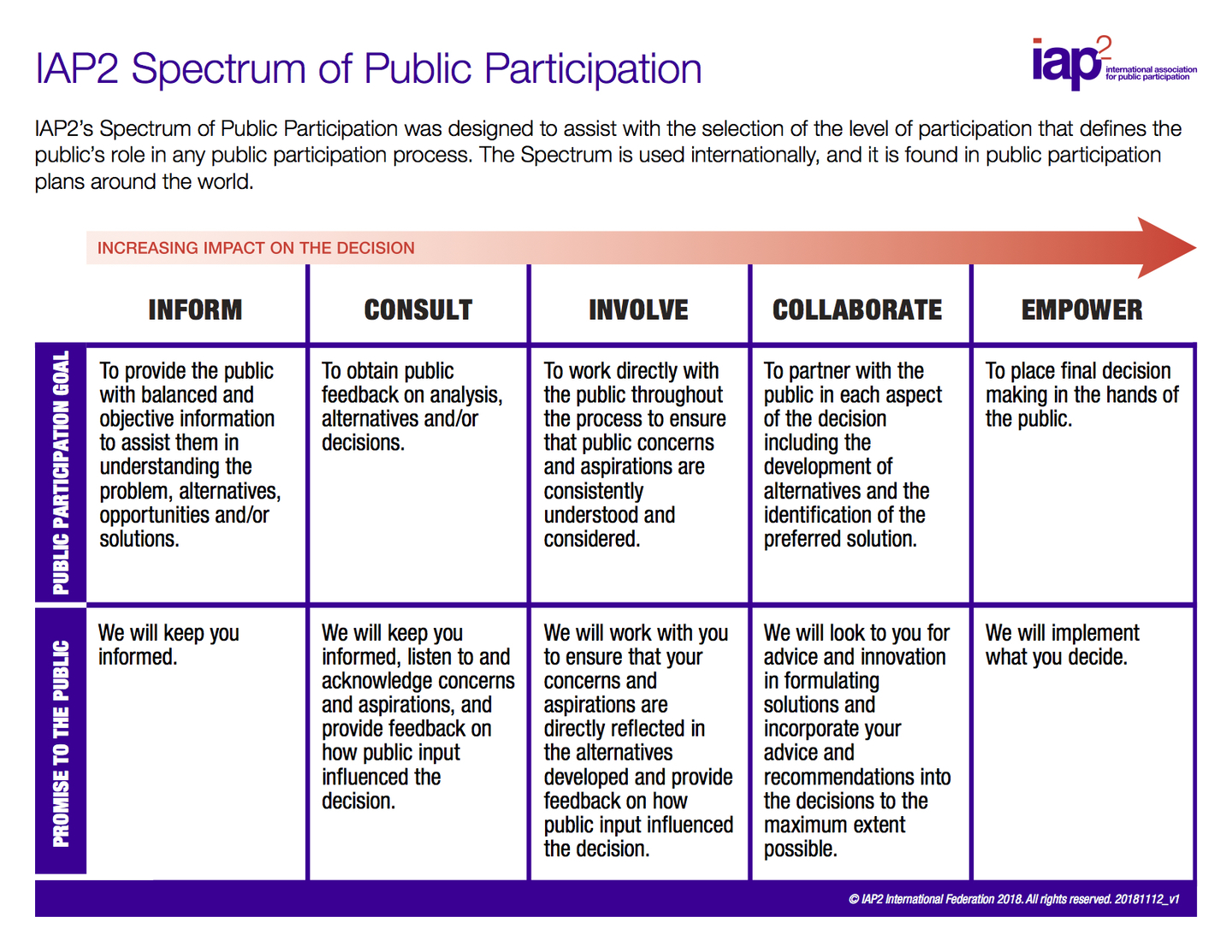How we understand strong leadership has undergone a fundamental transformation over the last decade or two. Traditional ideas about a military-like model of the authoritarian, hierarchical leader have been replaced by a more democratic, consultative ideal.
While nobody is advocating a return to autocracy, it is worth asking the question:
Has the pendulum swung too far?
Creating workplaces and cultures with engaged, autonomous teams that get results requires an intentional, considered approach to leadership communication. Getting people involved and engaged in strategy and change is the same.
Books on leadership all trend toward a facilitative, participatory communication style – encouraging us to ask, coach, enquire and empower. These are critical skills for an emotionally aware leader, especially long-term.
However, there's still an essential place for leaders who tell, particularly in times of change and uncertainty. People aren't afraid of change – but they do struggle with uncertainty. In the most uncertain of times, teams need as much clarity as possible about what's coming and what will be required of them – and a failure to provide that can lead to disengagement, cynicism and insecurity.
“There’s still an important place for leaders who tell, particularly in times of change and uncertainty”
I'm working with a team of senior public leaders who are finding new ways to manage change communication to roll out a new strategic direction. Rather than assuming high participation is intrinsically 'good', the team has been experimenting with a complete toolkit. Together, we are learning that authenticity in leadership means respecting your team's time, intelligence and needs - by being honest and respectful about the scope for involvement at different stages of the change process.
In some role-playing exercises for this last week, it was surprising how many of us found it initially challenging to stand up and say things like "Here's what we need to do" and "These are my expectations of you." Even more surprising was the reaction of the others in the room – "I felt safe" and "I appreciated the clarity".
“A genuine leader is not a searcher for consensus, but a molder of consensus” Martin Luther King, Jr.
Facilitative leadership can be damaging in times of urgency, uncertainty, or compliance because it provokes further unease and can be seen as disingenuous. Over the last 20 years, the public sector has been increasingly encouraged to consult and engage with their communities over policy and direction. This has been largely positive – except when it hasn't. Communities aren't stupid. They know when you are 'consulting' for compliance rather than participation. And your teams are the same.
The IAP2 Spectrum of Public Participation has six steps, from inform to empower. The initial thinking behind the spectrum was as a guide to select the appropriate level of engagement to suit the task at hand – but somewhere along the line, we got the idea that more participation is always better.
Hint: it's not. Operating at the 'empower' end of the spectrum demands considerable time and effort from leaders, staff, and communities. It should be used in circumstances that would genuinely benefit from that level of participation, not as a blunt force instrument.
Using the right tool for the job is critical in a changing, ambiguous environment. Knowing when to tell can differentiate between aligned teams with a clear sense of purpose and uncertain, disengaged teams struggling to take charge of their roles.
Directive leadership looks like this:
- Setting clear goals and expectations
- Providing information
- 'Bottom lines'
- Defined roles and responsibilities
- Planning and scheduling
- Monitoring and accountability
- Guiding and showing expertise.
Are you asking when you should be telling?
When to tell:
- In times of great uncertainty
- When there is no actual scope for change (compliance)
- Under urgency
- When facing new or unexpected challenges
- When teams have low autonomy or experience
- To set the boundaries of a new strategy or approach
 Alicia McKay
Alicia McKay
